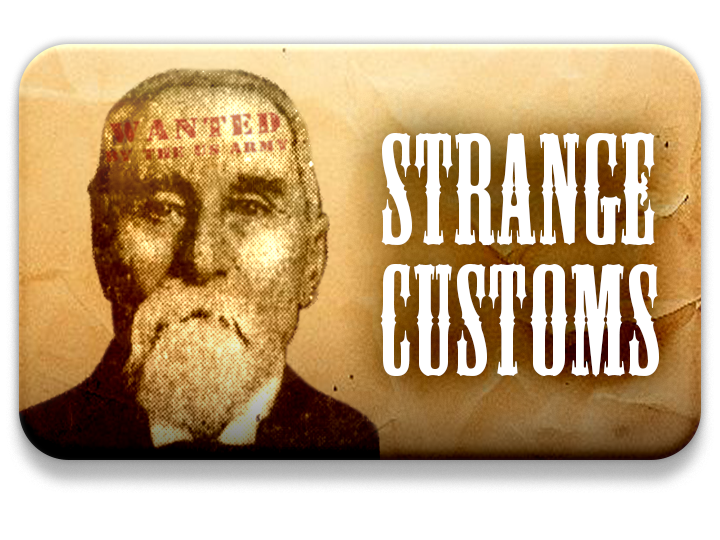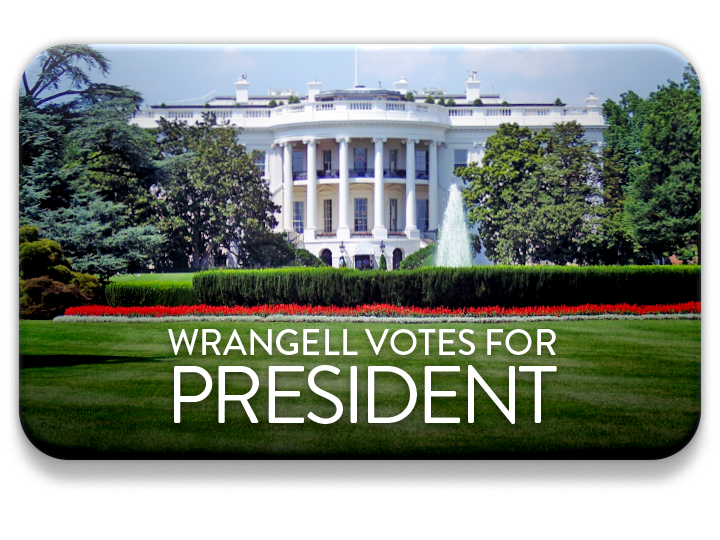Shot in the Dark: Finding Smith & Lear’s Trading Post
Since researching The Christmas Bombardment, I’ve become obsessed with finding the spot where Leon Smith was shot late on Christmas night 1869. Using some historical detective work, we can find the place on Wrangell’s Front Street where it happened.
(image by Killian Booker)
Smith & Lear’s Trading Post
In October 1869, just weeks before the bombardment, Vincent Colyer made paintings of Fort Wrangel and Ḵaachx̱ana.áakʼw. One of his illustrations shows two log buildings running parallel to the beach, with rows of windows in front. Colyer identifies these: “The small log-house and bowling alley to the right on Sketch No. 2 is Leon Smith’s, the post-trader’s store.”
Leon Smith (photographed below) was a former Confederate naval commander and hero of the Battle of Galveston. In the years after the Civil War, he relocate his family to Alaska for a fresh start. They arrived at Fort Wrangell in the spring of 1869. He joined up with another newcomer to Alaska, William King Lear, and the men operated two buildings on what would one day become Wrangell’s Front Street.
Leon Smith (1829 - 1869)
Christmas Night 1869
The Christmas Bombardment was kicked off on Christmas night 1869, after the Army invited the Tlingit over for a daylong party of drinking, which ended when a Tlingit man bit off the finger of a white woman. The Army shot and killed two Tlingit men. Under the Tlingit system of law, Tlingit headman Shx’atoo sought retribution that night by heading into the darkness to find a white man to kill. That’s where he encountered Leon Smith.
All accounts—Tlingit, Army, and newspapers—agree that Leon Smith was shot in front of his store. Dr. Zachary Jones’ National Park Service report contains a translation of William Tamaree saying:
“He was pacing back and forth on his front porch, aimlessly. With his whistling, he knew how to whistle. What was he doing? Ok, he took aim. This gun did not have a bullet in it. The ammunition used was shot. The one that is used for shooting ducks. Boom! He fell on the houses front porch.”
The fort’s second-in-command, Lt. Melville Loucks, wrote about hearing the shot:
“…A shot was heard from the direction of the store of the post trader. Taking with me Private Magee I ran down there, and while on the way Private Magee drew my attention to an object lying on the ground near the plank walk running between the store and the garrison. Upon examination it proved to be Mr. Leon Smith, the partner of William King Lear, the post trader. Mr. Smith was lying on his breast upon a low stump alongside of the plank walk, with arms extended and a revolving pistol fallen from the grasp of the right hand.”
The Army used Smith’s death as the rationale for bombing Ḵaachx̱ana.áakʼw and to execute Shx’atoo, the first execution performed in Alaska under the United States.
Life Goes On
King Lear operated the buildings after Smith died. As new merchants set up along the waterfront, Lear’s old, log buildings stood out against new wave of plank board constructions.
The buildings are easy to find in old photos of Wrangell from this period. Look for two side-by-side log buildings with roofs that run parallel to the waterfront. The building to the north is a little bit taller than the building to the south.
BRUNO GREIF’S BEER HALL
The first of King Lear’s old log cabins to be demolished and replaced was the northern one. In 1898, German immigrant Bruno Greif built a beer hall on the site of the former general store. The building today at 124 Front Street bears the hallmarks of Bruno Greif’s construction, but the large covered porch out front is long gone.
For many generations of Wrangell, this building was home to Norris Gifts. Today, the building is home to Midnight Oil.
UHLER/NOLAN BUILDING
In 1913, the Wrangell Sentinel called the only remaining building of Smith & Lear “an old Wrangell landmark.” That year, Ida M. Uhler tore it down and put up a new building. It would go on to host many businesses, perhaps none more famous than the Den O’Sweets, operated by James and Elsie Nolan, whose estate would establish Wrangell’s Nolan Center.
Shortly before the Den O’Sweets moved in, the Post Office began using the Uhler Building. In this photo of Front Street, you can barely see a “Post Office” sign on the Uhler Building behind the telephone pole to the right.
WHERE SMITH WAS SHOT
Near the beginning of 1940, the Wrangell Sentinel interviewed William Tamaree who recalled, “Along the beach lives Leon Smith. He has a trading post where the post office now stands…” suggesting Leon Smith was shot in front of the modern-day Uhler Building. Tamaree’s recollection of detail is often very good, and while other sources generally say Leon Smith was shot in front of his trading post, only Tamaree specifies which building. Today, that building sits at 202 Front Street and is the modern-day Stikine Drug.
300 YARDS
To support Tamaree’s story, Lt. William Borrowe reported that Smith’s trading post stood “some three hundred yards from the garrison…”.
This map shows the route the Army took on Christmas night to respond to the sound of the gunfire. They ran from the fort, down the hill, and along the coast until encountering Leon Smith’s body on the boardwalk. Modern-day Front Street follows the same path today as it did in the past. Using this map, it’s clear that Borrowe’s 300 yards is accurate.
Lynch Street
Google Street View of Lynch Street by Killian Booker.
The gap between Smith & Lear’s former buildings is now called Lynch Street. It’s not wide enough to fit two cars side-by-side. In 1914, the Sanborn Fire map did not even bother to label it. In 1934, the fire department tried to declare it a one-way street. This is an old, vestigial piece of Wrangell — not a product of any city planning, just a leftover from Smith & Lear’s haste to get some buildings up so they could start bowling.
The street is so old, I can’t find a record of when it earned the name Lynch Street. It’s likely named after Fred Lynch, a Wrangell merchant who arrived during the Cassiar Gold Rush, operated a hotel, and became the patriarch of an influential Wrangell family.
Legacy
Knowing where Leon Smith was shot helps to bring a piece of the bombardment story to life. You can imagine what it was like to for the men inside the fort to race down the hill, hook left and book it down the waterfront to this spot.
The location of the buildings, mid-way between the fort and the northern end of Ḵaachx̱ana.áakʼw, suggests something of Smith & Lear’s intentions, as well. As traders, they could not make in business serving only the people inside the fort — they needed the Tlingit, as well. Smith & Lear’s buildings were a place where the two cultures came together, and it became a crossroads in history.
Image of the Uhler/Nolan Building by Jimmy Emerson, DVM.







